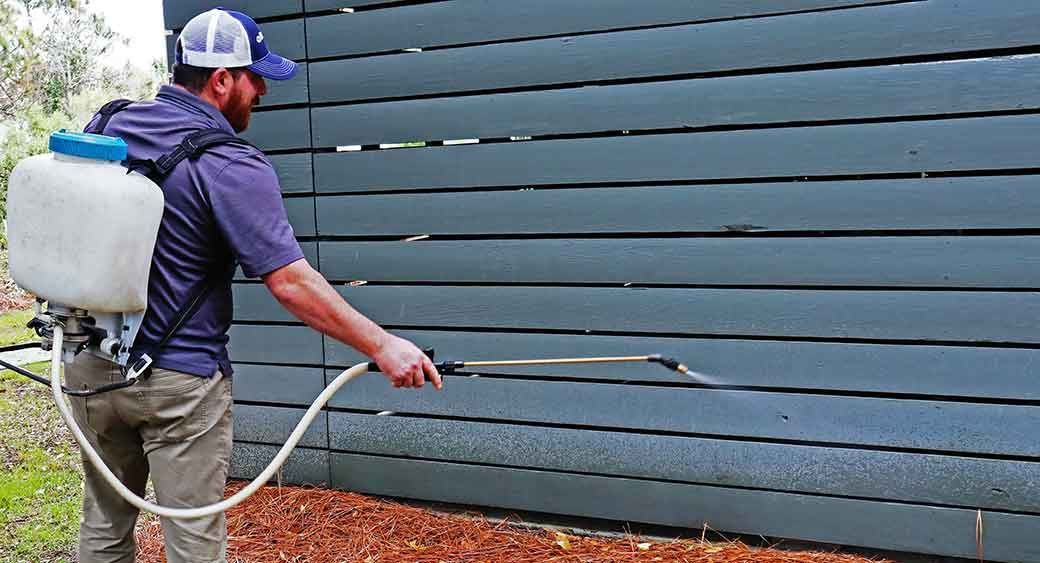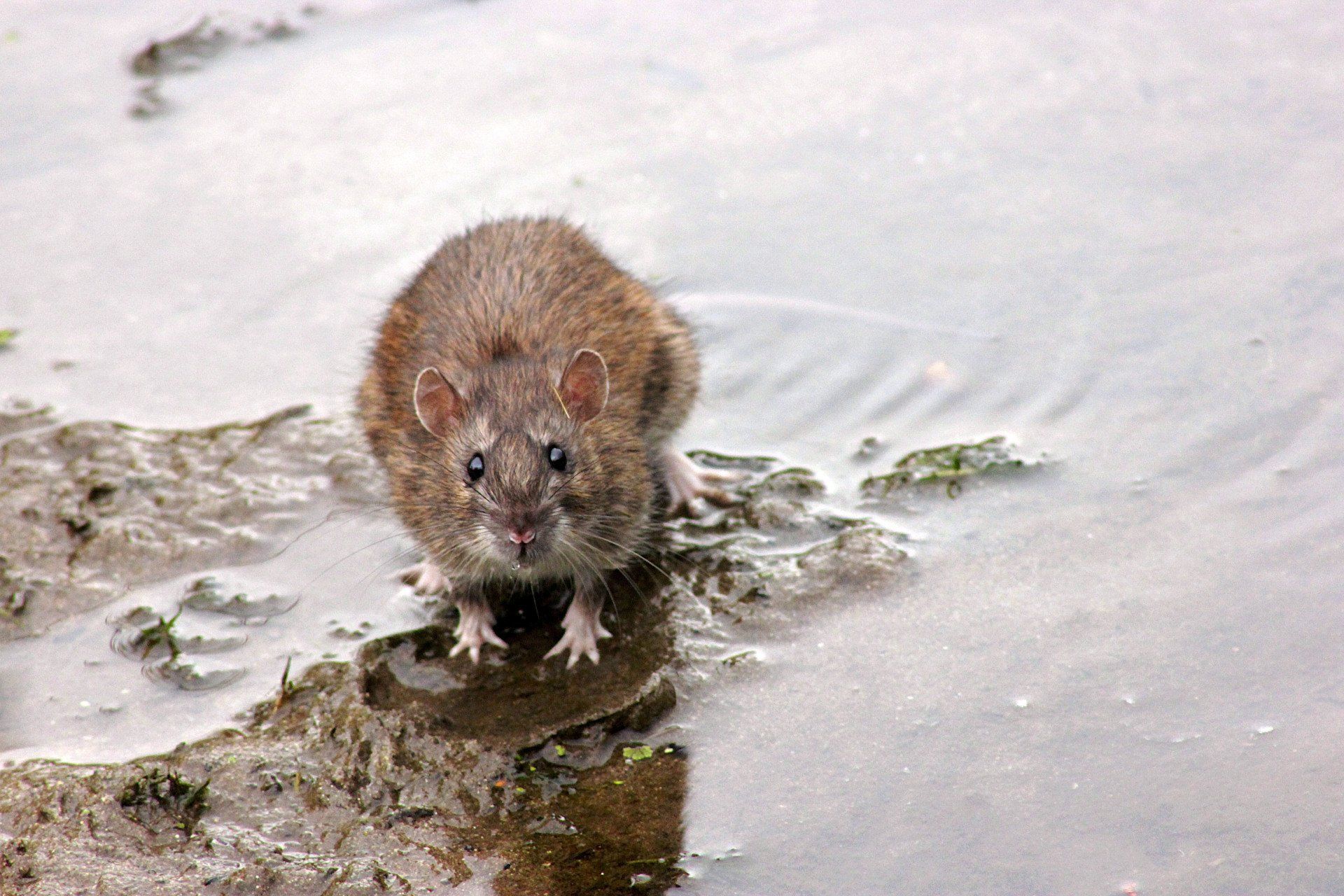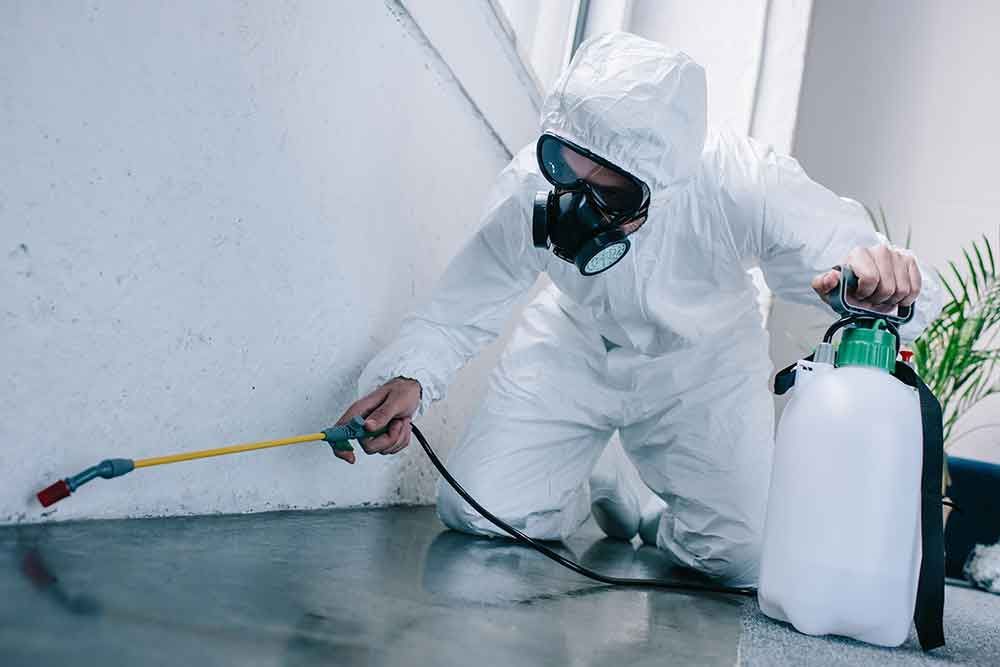Beyond the Buzz: Identifying and Managing Bee and Wasp Species
Bees and wasps play a crucial role in our ecosystem as pollinators, aiding in the reproduction of plants and the production of many of the foods we enjoy. However, their presence can also pose a threat, especially when they build their nests in close proximity to human dwellings. Understanding the differences between bee and wasp species and knowing how to manage their populations is essential for maintaining a harmonious coexistence. In this blog post, we will delve into the world of bees and wasps, explore their various species, and discuss the importance of professional bee and wasp control services.
Honey Bees: Recognizing the Vital Pollinators
Honey bees are perhaps the most well-known and beloved of all bee species. They are known for their impressive honey production and their crucial role as pollinators. Recognizing honey bees is relatively easy, as they have a distinctive golden-brown coloration with black stripes. Honey bees form large colonies and build their nests in hives, usually found in tree cavities or man-made structures. Honey bees rarely pose a threat unless their hive is disturbed, in which case they may sting in defense.
Bumble Bees: Identifying and Appreciating the Fuzzy Flyers
Bumble bees are characterized by their large size, fuzzy appearance, and loud buzzing sound. They are excellent pollinators, particularly for plants with deep flowers. Bumble bees are usually black and yellow or black and orange, and they build their nests in various locations, including underground burrows or abandoned rodent nests. Bumble bees are generally docile and will only sting if they feel threatened.
Solitary Bees: Understanding the Lesser-Known Bee Species
Solitary bees, as the name suggests, do not live in colonies like honey bees or bumble bees. Instead, each female builds her own nest, typically in tunnels in the ground or in hollow plant stems. Solitary bees come in various sizes, colors, and shapes, but they are generally less aggressive compared to social bee species. They are also important pollinators and contribute significantly to plant reproduction.
Yellow Jackets: Differentiating Aggressive Wasps from Bees
Yellow jackets are a type of wasp and are often mistaken for bees due to their similar coloration. However, yellow jackets have a slimmer body with distinct black and yellow markings, and they lack the hairy appearance of bees. They build nests in the ground or in protected spaces, such as wall voids or attics. Yellow jackets are more aggressive than bees and are known for their ability to sting repeatedly. It's important to exercise caution around their nests to avoid provoking their defensive behavior.
Paper Wasps: Recognizing Their Distinctive Nests and Behaviors
Paper wasps are another type of wasp that builds distinctive paper-like nests, often under eaves, in trees, or in shrubs. They have slender bodies with long legs and can vary in color from yellow to brown or red. Paper wasps are generally less aggressive than yellow jackets, but they will defend their nests if threatened. It's essential to be aware of their presence and take precautions when working near their nesting areas.
Hornets: Identifying Large and Potentially Dangerous Wasps
Hornets are the largest of the wasp species and are known for their potent sting. They are typically black or brown with yellow or white markings. Hornets build their nests in aerial locations, such as trees or shrubs, and they are known for their defensive behavior when their nests are disturbed. It is advisable to exercise extreme caution around hornets and seek professional assistance for their removal.
Bee and Wasp Stings: Knowing the Differences and How to Treat Them
Bee and wasp stings can be painful and, in some cases, pose serious health risks. Bee stings leave behind a stinger, which should be carefully removed to prevent further venom injection. Wasp stings, on the other hand, do not leave a stinger behind. The treatment for both bee and wasp stings involves cleaning the affected area, applying ice to reduce swelling, and taking over-the-counter pain relievers. However, if an individual experiences an allergic reaction or multiple stings, immediate medical attention should be sought.
Professional Bee Control Services: The Importance of Expert Intervention
When dealing with a significant bee or wasp infestation near your home or property, it is crucial to seek professional bee control services. Experts in pest management possess the knowledge, experience, and necessary tools to safely remove nests, relocate bees when possible, and implement preventive measures. Attempting to handle the situation independently can be dangerous and may exacerbate the problem. Professional intervention ensures the safety of both humans and the bees or wasps involved.
In conclusion, bees and wasps are fascinating creatures that contribute significantly to our ecosystem. Recognizing and understanding the different bee and wasp species is essential for coexisting peacefully with these vital pollinators. By appreciating their role in nature and knowing when to seek professional bee control services, we can strike a balance that benefits both humans and the natural world around us.



